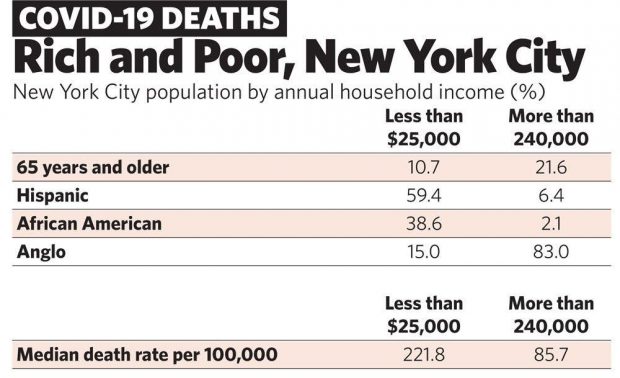
COVID-19: a lingering gigantic challenge – Part 3/3: The poorest countries and issues

By Dr. Hassan Humeida
Port of Kiel, Germany: With the beginning of the activation of the protective vaccine against the coronavirus, other concerns began in the rest of the world, especially in the poor countries. While people in developed countries follow the principle “Do not leave anyone behind you and alone”, people in the world’s poor countries ask the question: “How can a person live under the shadow of Corona?”
Rich countries have a significant reserve of wealth to overcome the virus. At the worst of the assumptions in the event of the continuation of infection and outbreaks, we find in rich countries, despite the outbreak of the virus and the complete closure, that life proceeds in a way that is very similar to the old normal life. This is thanks to the impressive assets these countries have in their drive to go back to normalcy.
Most of the comparatively poor countries do not have enough to feed a person for an entire day. They have a very hard time meeting the daily challenges that face its citizens who lack basics and do not have the means of livelihood. Partial or complete shutdown deeply affects the average income per capita, and often leads to deprivation.
Human life in these countries is affected as poverty increases. In addition, the state’s treasury is empty or almost empty which makes it very hard to provide the necessary support or aid to the citizens in extreme necessity. It gets even more difficult when a citizen goes to a health center where he is shocked by the bitter reality of bitterness and the lack of the most basic equioment or service.
This reality is compounded by the lack of the necessary precautions to avoid transmitting the virus to other people. There is also the absence of the means of travel to reach the treatment center or the unavailability of the fuel needed for vehicles to move. When by the best of chances, the patient is finally able to reach the treatment center, he and his companions are dismayed by the poor services and the lack of everything needed for care and cure.
The intensive care in these countries is almost inexistent. Perhaps the patient in these countries is lucky if he is provided with a bed for follow-up treatment, or perhaps he is very fortunate if he finds a breathing machine or a doctor who follows up his condition every day until he is discharged.
We cannot forget the numbers of patients whose treatment was interrupted for unfathomable reasons, just as we cannot ignore those who ran out of breathing gas while they were under breathing machines. Many patients died on the way to treatment. Many of the relatives of the sick or the dead get infected.
There are questions that need to be answered: How can we defeat or eliminate the virus globally in light of the tyranny of poverty and deprivation in the majority of the world’s poorest countries? How can we provide the vaccine to these countries, in light of the rich countries’ demands for the vaccine to be provided to the people of the developed world first, and then to the others?
How can poor countries establish and improve the transportation and preservation of a vaccine that is not suitable for the outside temperatures of tropical and subtropical regions that represent the majority of poor countries? What capabilities do poor countries currently have to limit the parallel markets trading unethically in vaccine, in light of the chaos of trade in foreign exchange rates?
A final important point: We must not forget the spread of the AIDS virus during the last four decades and other similar inflammatory diseases in these poor countries. Such viruses immediately require the necessary precautions. For example, not to use the same injection or needle for more than one person for the purpose of vaccination. This should be highlighted in terms of primary health care before we face another new challenge like the current one.


